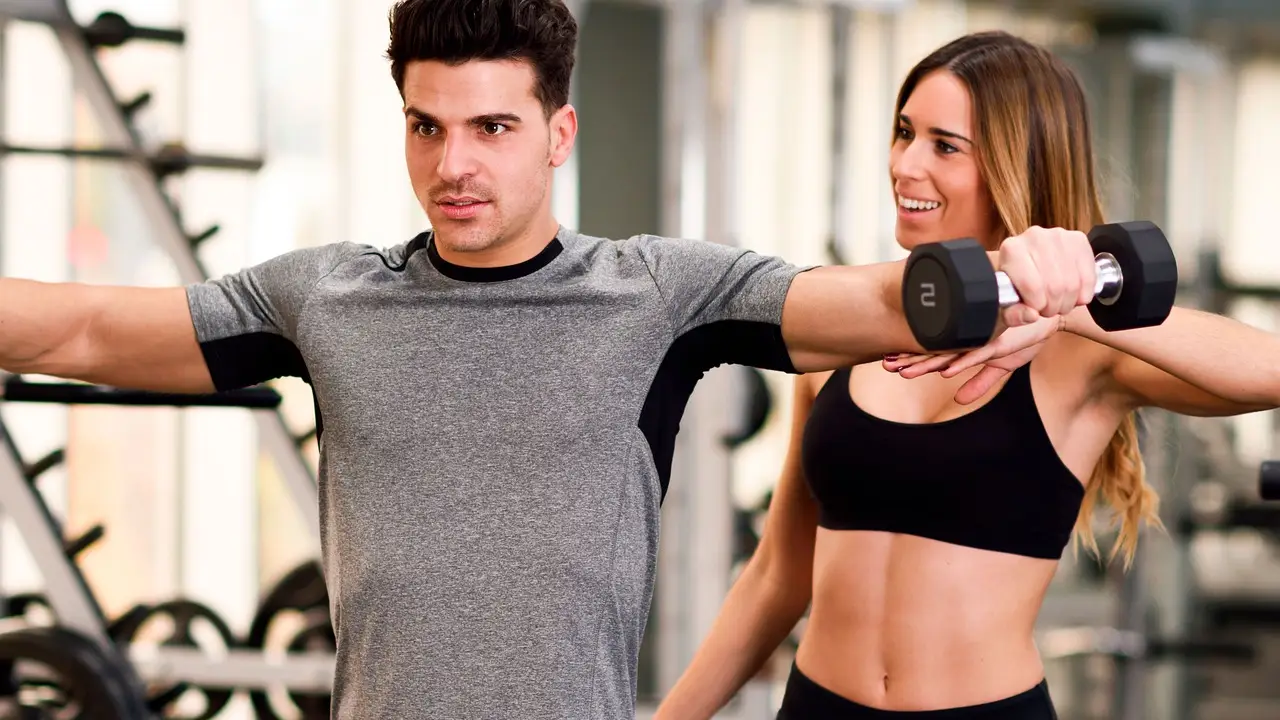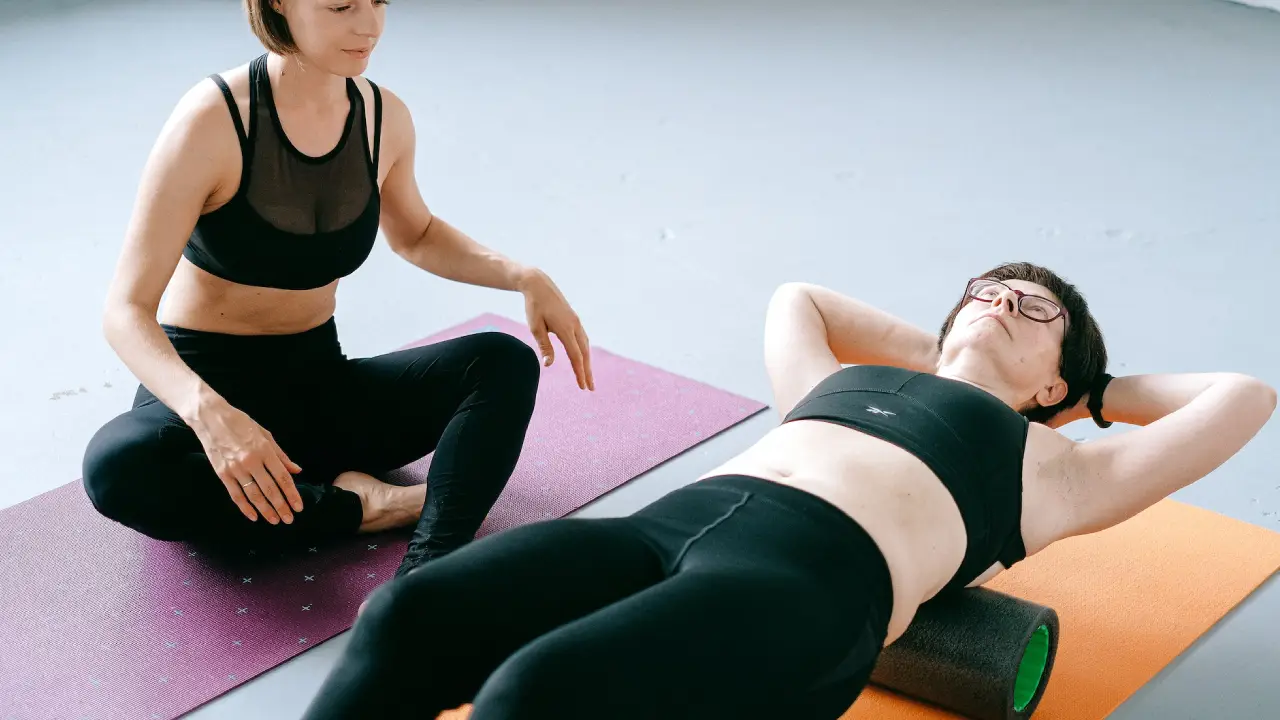Strap on your sneakers, grab a friend, and let’s dive into the exhilarating world of partner workouts. Exercising with a buddy by your side can inject a dose of motivation and fun into your fitness routine. But is it all sunshine and rainbows, or are there potential drawbacks to consider? Let’s explore the pros and cons of sweating it out with a partner.
The Pros
1. Motivation Boost:
Partner workouts can be a powerful motivator. When you have someone counting on you to show up, it’s harder to hit the snooze button and skip the gym. Your partner can push you to go the extra mile, cheering you on during challenging sets and keeping you accountable to your fitness goals.
2. Increased Accountability:
Having a workout buddy means you’re less likely to bail on your exercise plans. Knowing that someone is relying on you to show up can help you stay committed and consistent with your training. Plus, you can celebrate your progress together, making the journey towards your fitness goals feel even more rewarding.
3. Social Connection:
Exercising with a partner adds a social element to your workout routine. It’s an opportunity to bond with a friend or loved one while breaking a sweat together. Sharing laughter, high-fives, and post-workout smoothies can make the entire experience more enjoyable and fulfilling.
4. Form Correction:
A workout partner can provide valuable feedback on your form and technique. They can spot potential errors or areas for improvement, helping you avoid injuries and maximize the effectiveness of your workouts. With their support, you can fine-tune your movements and achieve better results.
5. Friendly Competition:
A little friendly competition can be a great motivator. Whether you’re racing on the treadmill or challenging each other to lift heavier weights, having a workout partner can spur healthy competition and push you to reach new heights. Just remember, it’s all in good fun!
6. Variety in Workouts:
Working out with a partner can introduce variety into your exercise routine. Your partner may have different preferences or expertise in certain types of workouts, allowing you to explore new activities and challenge different muscle groups. This variety can prevent boredom and plateaus, keeping your workouts fresh and exciting.
7. Spotting Assistance:
Having a partner present during weightlifting or strength training sessions can provide essential spotting assistance. They can help ensure proper form and technique while also offering support and encouragement during challenging lifts. With a spotter by your side, you can safely push your limits and achieve greater gains.
8. Emotional Support:
Exercise can be physically demanding and emotionally taxing at times. Having a supportive partner to lean on during tough workouts can make all the difference. Whether you’re struggling with a difficult set or feeling discouraged about your progress, a workout buddy can offer words of encouragement and motivation to keep you going.
9. Shared Goals and Progress Tracking:
When you work out with a partner, you can set shared fitness goals and track your progress together. This shared accountability can help keep you both on track and motivated to achieve your objectives. Celebrating milestones and achievements as a team can strengthen your bond and drive you towards continued success.
10. Increased Safety:
Exercising alone can pose certain safety risks, especially when performing high-intensity or complex movements. Having a partner present can provide an extra layer of safety, ensuring that someone is there to assist you in case of an accident or injury. With a workout buddy by your side, you can exercise with greater peace of mind.
11. Cost Savings:
Partner workouts can also lead to cost savings, particularly if you share the cost of gym memberships, personal training sessions, or fitness classes. By splitting expenses with a partner, you can enjoy access to premium facilities and services at a fraction of the cost, making fitness more affordable and accessible.
12. Learning Opportunities:
Exercising with a partner allows for valuable learning opportunities. You can share knowledge, techniques, and workout tips with each other, helping to enhance your understanding of fitness and improve your performance. Additionally, your partner may introduce you to new exercises or training methods that you hadn’t previously considered.
13. Increased Enjoyment:
Let’s face it—working out alone can sometimes feel like a chore. But when you have a partner by your side, exercise becomes more enjoyable and rewarding. Whether you’re laughing together during a yoga class or pushing each other to new heights in a boot camp, the camaraderie and shared experience can make every workout session more fun.
14. Flexibility and Adaptability:
Partner workouts offer flexibility and adaptability to accommodate different preferences and fitness levels. You can tailor your workouts to suit both partners’ needs and goals, whether you prefer high-intensity interval training, strength training, or outdoor activities like hiking or cycling. This flexibility allows you to design a workout routine that works for both of you.
The Cons
1. Conflicting Schedules:
One of the biggest challenges of working out with a partner is coordinating schedules. If your schedules don’t align perfectly, it can be tricky to find time to exercise together consistently. This can lead to frustration and missed workouts if one person is constantly canceling or rescheduling.
2. Different Fitness Levels:
It’s important to choose a workout partner who is at a similar fitness level to you. If one person is significantly more advanced than the other, it can create imbalance and frustration during workouts. Striking a balance where both partners feel challenged but not overwhelmed is key to a successful partnership.
3. Distractions:
Exercising with a partner can sometimes lead to distractions, especially if you’re more focused on chatting than on your workout. While socializing is part of the fun, it’s essential to find a balance and stay focused on your fitness goals. Limiting distractions can help you make the most of your time at the gym.
4. Dependency:
Relying too heavily on a workout partner can become a crutch. If your partner is unavailable or loses interest in exercising, you may struggle to stay motivated on your own. It’s important to cultivate self-discipline and independence in your fitness journey, even when you have a partner by your side.
5. Competition Pressure:
While friendly competition can be motivating, it can also lead to unhealthy comparisons and pressure to perform. If you find yourself constantly comparing your progress to your partner’s or feeling inadequate, it’s essential to refocus on your own goals and achievements. Remember, your fitness journey is unique to you.
In conclusion, partner workouts offer a multitude of benefits, from increased motivation to social connection. However, it’s essential to navigate potential challenges such as conflicting schedules and distractions. By choosing the right partner, setting clear goals, and communicating effectively, you can maximize the advantages of exercising together while minimizing the drawbacks.
Have you tried working out with a partner? Share your experiences and tips in the comments below!





